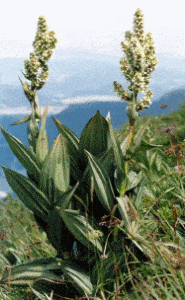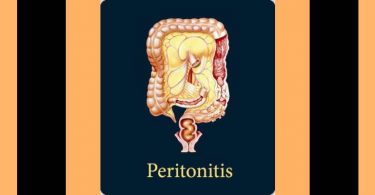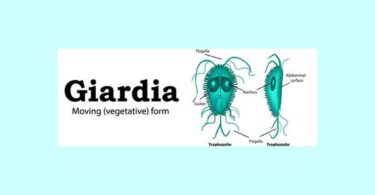Are you looking for a homeopathic cure for cholera? This article discusses the homeopathy treatment of cholera along with the best homeopathic medicine for cholera treatment.
Cholera is a bacterial infection affect small intestine, present itself by mild to severe vomiting, diarrhea, muscle cramps etc.
Cholera (also known as Asiatic cholera or epidemic cholera) is an acute enterotoxin-mediated gastrointestinal infection caused by the gram negative bacillus Vibrio cholera, It promotes fluid and electrolyte loss and, possibly, hypovolemic shock, metabolic acidosis, and death. A similar bacterium, Vibrio parahaemolyticus, causes food poisoning.
Even with prompt diagnosis and treatment, cholera is fatal in up to 2% of children; in adults, it’s fatal in less than 1% however, untreated cholera may be fatal in as many as 50% of patients. Cholera infection confers only transient community.
Homeopathic treatment of Cholera
Homeopathy is one of the most popular holistic systems of medicine. The selection of homeopathic medicine for cholera is based upon the theory of individualization and symptoms similarity by using holistic approach. This is the only way through which a state of complete health can be regained by removing all the sign and symptoms from which the patient is suffering. The aim of homeopathic medicine for cholera is not only to treat cholera but to address its underlying cause and individual susceptibility. As far as therapeutic medication is concerned, several remedies are available to treat cholera that can be selected on the basis of cause, sensations and modalities of the complaints. For individualized remedy selection and treatment, the patient should consult a qualified homeopathic doctor in person. There are following remedies which are helpful in the treatment of cholera:
Aethusa cynapium
- Violent vomiting (in children) of curdled milk; of green mucus.
- Violent vomiting with diarrhea; green mucus, or bloody substance.
- Sensation of coldness in the abdomen; black bluish swelling of the abdomen.
- Loose stool preceded by cutting in the abdomen; with tenesmus in the morning, after rising;
- Diarrhea-discharges green, thin, bilious, with violent tenesmus; bloody stools
Camphora
- With this remedy the system seems overwhelmed by the violence of the poisoning even before the vomiting and diarrhea appear
- There is at once intense prostration,bluish, icy cold face, cold body, weak,squeaky voice, stiffness of muscles, coldness and collapse, burning in stomach and oesophagus.
- Coldness, dryness and blueness express its characteristics.
- The discharges are scanty, if present at all, the tongue is actually cold.
- It is an almost infallible remedy at the onset of cholera,and was so considered by Hahnemann.
- It corresponds to a dry cholera, where the patient is taken simply with coldness, has not the vitality to vomit and purge.
Cuprum met
- Intense spasms and cramps mark this remedy
- There is coldness of the surface of the body, dryness of the mouth, thirst, blueness of the skin, cramps of the muscles of the calves, violent pains in the epigastrium and ineffectual efforts to vomit.
- It has vomiting and purging nearly as great as Veratrum, but not the cold sweat.
- Cramps are more prominent under Cuprum than any other remedy.
- It has also spasmodic twitching, and has been used as a prophylactic.
- Everything is spasmodic, and it is indicated only when vomiting and purging has set in.
- In the chest the cramps produce dyspnoea, there are cramps in extremities, even in fingers and thumbs.
Arsenicum
- Arsenicum poisoning has been mistaken for cholera.
- Homeopathic medicine for cholera having intense vomiting and purging, brownish yellow, profuse, offensive yellow or green stools with thirst, cold body, and burning internally.
- It has more restlessness and less sweat than Veratrum.
- In cholera infantum with undigested stools, restlessness, and rapid emaciation.
- Diarrhea when the child begins to eat and drink.
- It is distinguished from Veratrum by the scantiness of the discharges.
Carbo vegetabilis
- The remedy where reaction seems extinct.
- The prostration is so great that the patient lies quite, too weak to move, cold body, pulse rapid and thread-like and breath cold, when vomiting, diarrhea and spasm or pain have ceased.
- Prostration from drain on the system, lips bluish, breathing weak, is an excellent indication group for Carbo vegetabilis.
Secale cor
- Suits the stage of collapse with desire to keep cool.
- Cholera infantum with profuse undigested stools, watery and offensive, followed by prostration.
- The movements are copious and come in spurts; the skin is wrinkled , dry and cold.
- Patient is almost pulseless, cold, but averse to being covered.
- Spasmodic twitching of muscles, spreads finger apart, eyes sunken are important indicating symptoms of Secale.
Ipecauc
- Homeopathic medicine for cholera having nausea, very easy, copious vomiting and sudden profuse rice water like stool.
- Loud noise in the abdomen like gurgling of water.
- Coldness and cramps in the body, it is a valuable remedy in cholera.
Jatropha Curcas
- First stage of cholera before collapse sets in.
- Easy vomiting of large quantities of watery substance like albumin; watery diarrhea, contents of rectum gush out like a torrent, or evacuations thick and lumpy, albuminous instead of thin and watery; anxiety, with burning at stomach.
- Suppression of urine; anguish, with coldness of body; viscid sweat.
- Violent cramps in lower limbs; calves look like flat splints; abdomen flattened after many stools
Podophyllum
- Painless cholera morbus; stools profuse and gushing, involuntary during sleep and when passing flatus; very
offensive, like carrion.
- Sense of weakness in abdomen and rectum; loss of appetite; no thirst, or great thirst.
- Violent cramps of feet, calves and thighs; gagging or empty retching.
- Sinking feeling at epigastrium, with sensation as if everything would drop through the pelvis;
- Stools aggravated at night and towards morning and liable to change color.
Phosphorous
- Violent thirst for cold water, but vomits it immediately or as soon as it becomes warm in stomach.
- Hiccough after eating, making the pit of stomach sore and aching.
- Profuse diarrhea, pouring away as from a hydrant; rumbling in abdomen and debility, as a sequel to cholera.
Nicotine
- Homeopathic medicine for cholera having thirstlessness; without vomiting or diarrhea, with icy-cold forehead, and without any sign of action in the vegetative muscles.
- Slow, irregular, intermittent pulse; oppressed breathing; anxiety about the chest; icy coldness from the knees to the toes.
- Paralysis of the lower extremities, with formication in the legs; dizziness with nausea and anguis; death like paleness of the face, with nausea and clammy.
- Cold perspiration while body is warm; small feeble pulse; coldness in the abdomen, with nausea and hiccough.
- Burning in stomach, vomiting of water, only when moving; hepatic and renal region painful to touch.
Veratrum album
- This remedy should be given early in the true cholera. It has profuse watery stools with a cold, blue surface and cold sweat on forehead and great prostration.
- Its characteristics may be summed as follows:
- -Pain in the abdomen preceding stool.
- -Profuseness of the stool and forcible evacuation.
- -Great prostration following stool.
- -The sense of inner burning.
- -The cold sweat.
- -Cold surface of the body.
- There are sharp, cutting pains in the abdomen and great weakness, almost fainting with stool, at the same time there is vomiting and purging,cramps and rice water discharges.
- There must be pain for Veratrum to be well indicated.
- Stools are worse at night and the patient emaciates rapidly.
- It is our first remedy in cholera infantum with greenish stools,sometimes containing flakes like spinach.
What causes Cholera?
Cholera is a bacterial infection caused by Vibrio cholarae.
How it Spreads?
People get infection by eating or drinking anything which is contaminated with bacteria. Poor hygiene is the chief cause of vibrio cholarae infection.
When an infected person passes stool, this stool contains lots of infected agents and this stool becomes source of infection if comes in contact with food or drinking water.
Risk factors of Cholera infection?
- Poor hygiene
- Low socioeconomic status.
- Undercooked shellfish
- Poverty
Symptoms and sign of cholera
- Some people infected with cholera bacteria have no symptoms, although these people are still a potential source of infection because the bacteria pass out of the body in their feces.
- When symptoms do occur they may appear anywhere between six hours and five days after the initial infection with the bacteria.
- The most common symptom of cholera is mild diarrhoea, and in about 10 % cases the symptoms are severe, with profuse watery diarrhea and vomiting.
- In such cases fluid loss may be substantial, as much as quart, of fluid per hour, which can lead to rapid dehydration.
- The dehydration itself causes additional symptoms and signs, including a dry mouth and mucus membrane, thirst, lethargy, rapid heart rate, and leg cramps. If not treated, severe dehydration can be fatal within hours.
Diagnosis of cholera
V. cholera can be identified from the diarrhoeal discharge, vomitus or by rectal swab.
It is characteristic mobility (it vibrates, hence being called Vibrio) can be seen by dark ground or phase contrast microscopy and is inhibited by specific antiserum.
Confirmation of the diagnosis is made by culture on TCBS sucrose agar.A suitable transport medium is Carey Blair, or alternatively 1% alkaline (pH 8.5) peptone water, which can also be used for water samples.
Cholera – Conventional Treatment
- Oral rehydration therapy
- Zinc suppliments for paediatric patients.
- Intravenous fluid therapy.
- Antibiotics are beneficial in some cases.
Complications of cholera
- Hypovolemic shock
- Hypoglycemia
- Metabolic acidosis
- Severe electrolyte depletion
- Renal failure
- Liver failure
- Bowel ischemia
- Bowel infraction
References:
- Professional guide to diseases; Lippincott Williams & Wilkins; 2009; 944
- Diseases and Disorders, Volume 1; Marshall Cavendish Corporation; 2007; 198
- Communicable disease epidemiology and control: a global perspective; Roger Webber; 2009; 82
- Textbook of Materia Medica; Vona Lippe, A. D. Lippe; 2003; 692
- Select your remedy; Rai Bahadur Bhishambar Das; 2007; 292,293
- Illustrated guide to the homeopathic treatment; Dr. H.S Khaneja; 2010; 144
- Homoeopathic Therapeutics; Samuel Lilienthal; 1998; 192
The above information about homeopathy treatment of cholera is only for information purpose. Please consult a professional homeopath before taking any homeopathic medicine for cholera.

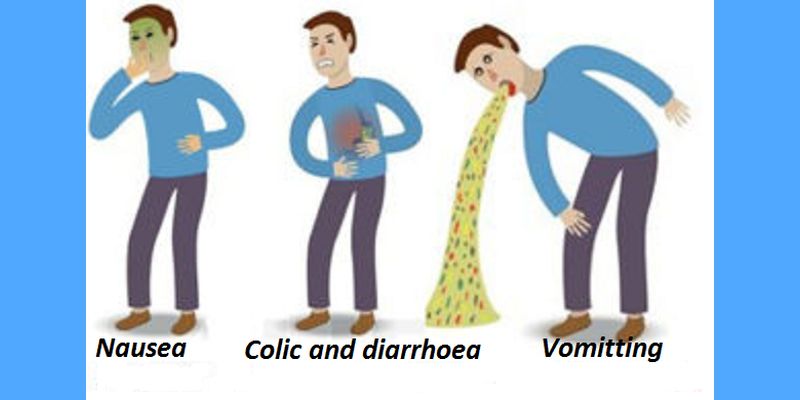
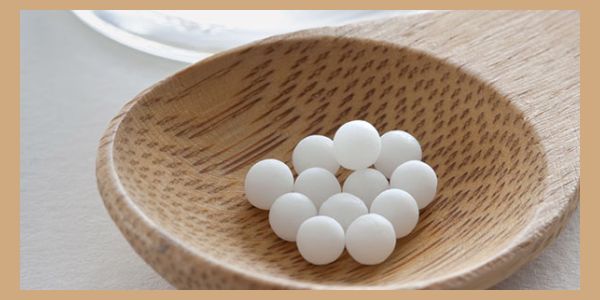

 offensive, like carrion.
offensive, like carrion.